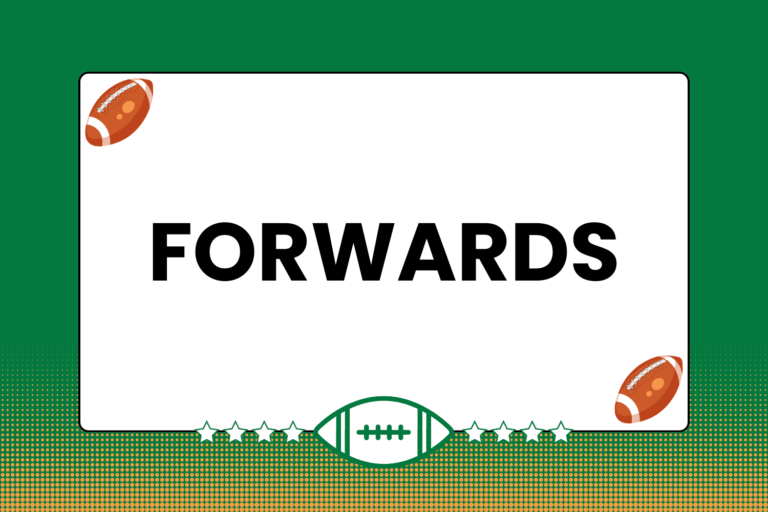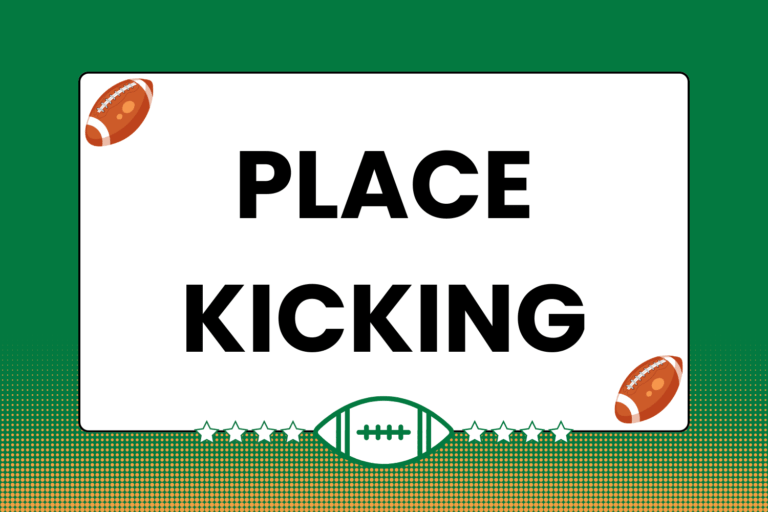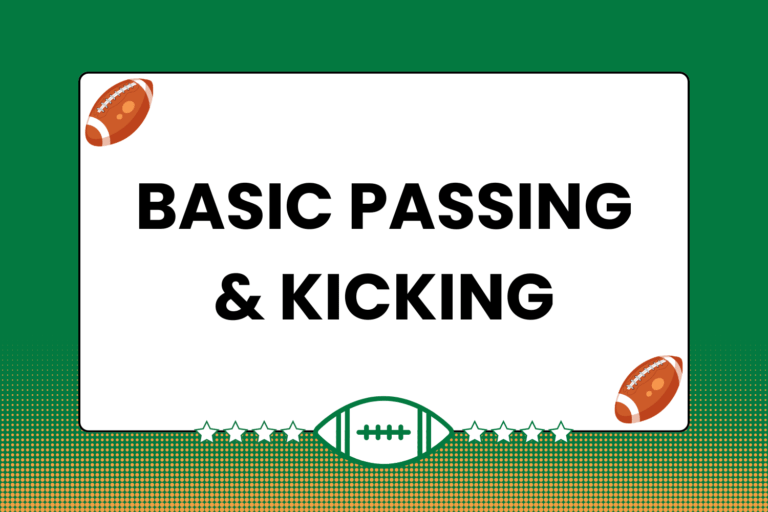Rugby is a game of continuous action, but certain plays or rule violations can interrupt the flow of the game. When the ball goes into touch, or a player is offsides, for example, the referees need to step in, and the action takes a momentary break. The Advantage law exemplifies how the game is intended to continue unabated whenever possible. This guide takes an in-depth look at how the advantage law works.
An Overview of the Advantage Law
The advantage law comes into play after an infringement; specifically, it helps decide the fallout from those types of fouls. Again, rugby officials try to keep the game moving, and the advantage law perpetuates this fluidity.
During a rugby game, a player on the defending team will occasionally commit an infringement. The referees normally halt the game momentarily, and then restart it with the appropriate consequences enacted, depending on the severity of the infringement.
However, the advantage law allows play to continue when it’s advantageous to the non-offending team (the team that didn’t commit the infringement). In such situations, the official lets the attacking/non-offending team continue play on the advantage, because stopping the game and assessing a penalty could actually hurt the attacking team and favor the offending team.
“The advantage law is the best law in rugby, because it lets you ignore all the others for the good of the game.”
Derek Robinson
English Author & Rugby Aficionado
How the Advantage Law Works
The most important aspect of the advantage law to understand is that it’s used completely and solely at the referee’s discretion. Never can a player on either side call for an “advantage,” nor can either linesman do the same. Because this is the case, examining how the referee utilizes the advantage rule is a good indicator of his overall officiating.
Here’s a breakdown of how the advantage law gets put into effect:
- A player from the defending team commits an infringement, but not one that prevents the ball from being played.
- The referee will call out something along the lines of, “advantage, play on!”
- Play will continue for an undetermined amount of time. If the non-offending team is able to use the advantage, the penalty that would otherwise result is waived off and play continues as normal. If the non-offending team quickly falters after the advantage call, play is halted and brought back to the spot of the infringement.
For example, say the Blue team is attacking and the Red Team is defending. A Blue player gets tackled and a ruck forms, but while the ruck is going on, a player from the Red Team is ruled offside. At this point, there are two possible scenarios:
- If the offside player touches the ball, or prevents the Blue Team from playing it, play will be whistled dead and the penalty will be enforced.
- If the Blue Team is able to play the ball out successfully, the referee will likely indicate an advantage for the Blue Team. Play will continue, giving the Blue Team an opportunity to benefit from the other team’s mistake.
Certain infringements prevent the advantage law from being applied. For example, in an instance of a high tackle or dirty play (a punch is thrown), play is immediately whistled dead and the penalty is awarded to the non-offending team.
Measuring the Advantage
Again, the advantage only lasts for a brief period of time. If the non-offending team can’t gain anything from the call, the advantage is removed and the penalty awarded.
There are two ways the non-offending team can benefit from an advantage call: A territorial advantage, and/or a tactical advantage:
- Territorial advantage: The non-offending team is able to gain ground on the offending team.
- Tactical advantage: The non-offending team is able to continue playing the ball in such a way that it benefits the non-offending team and hinders the offending team.
If either of these aforementioned situations arises, the referee will call out something like, “advantage off, play on!” to indicate the advantage has been lifted.
Keep the Game Going
The advantage law is one of the best examples of how the overall structure of rugby is designed for constant action. Though the law doesn’t always apply, there are usually more instances than not where an infringement stoppage can be successfully negated by an advantage. Without it, rugby would not be nearly as fluid a game as it is now.





